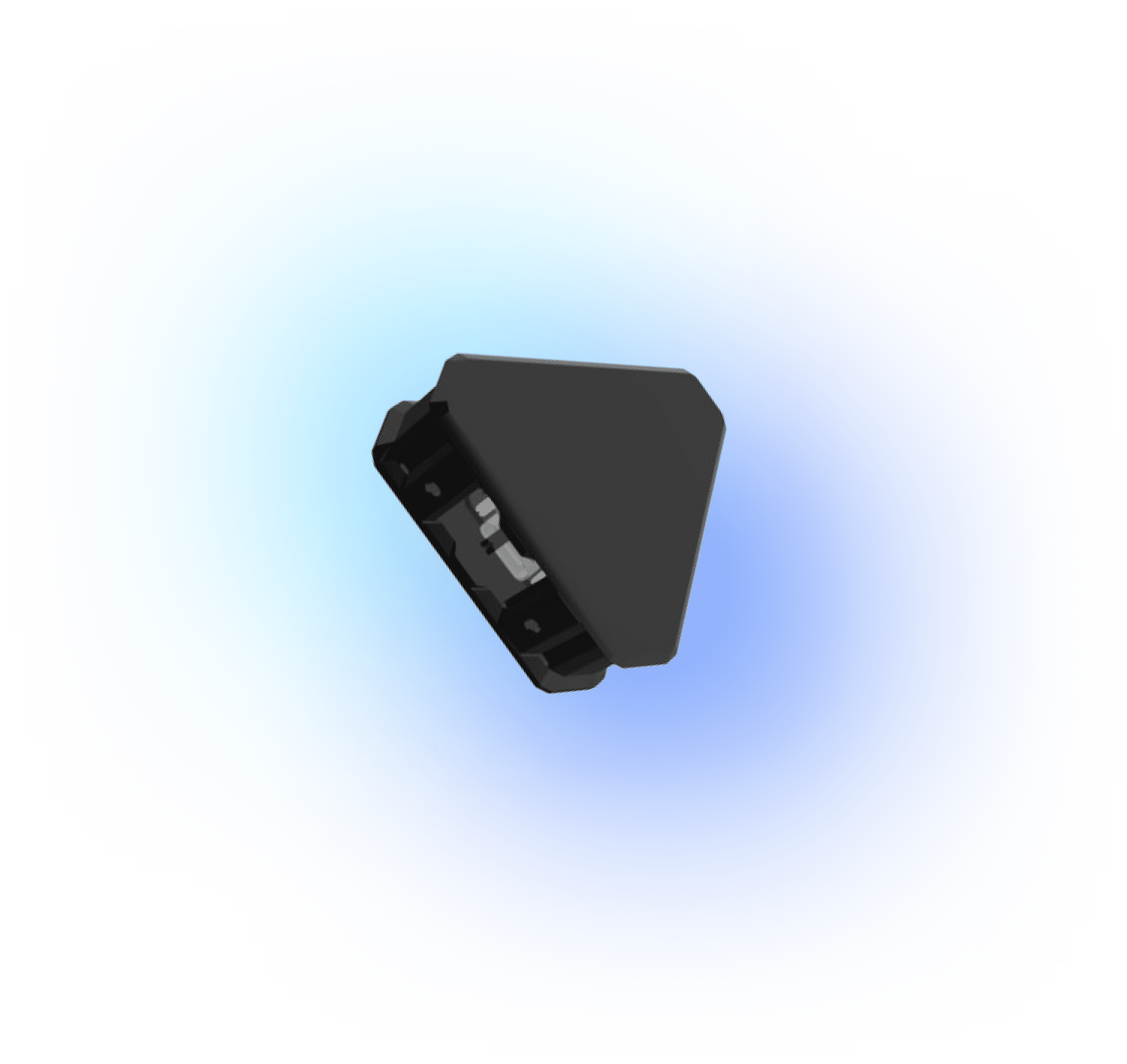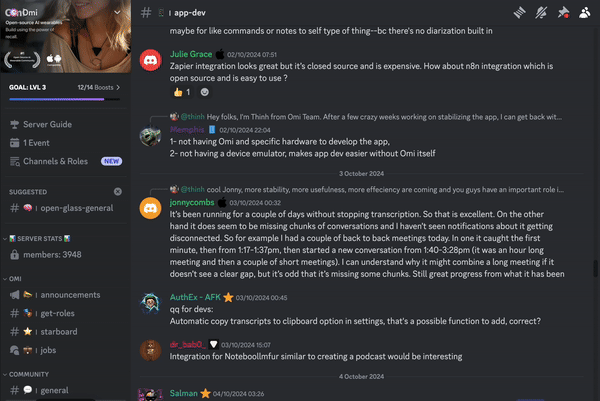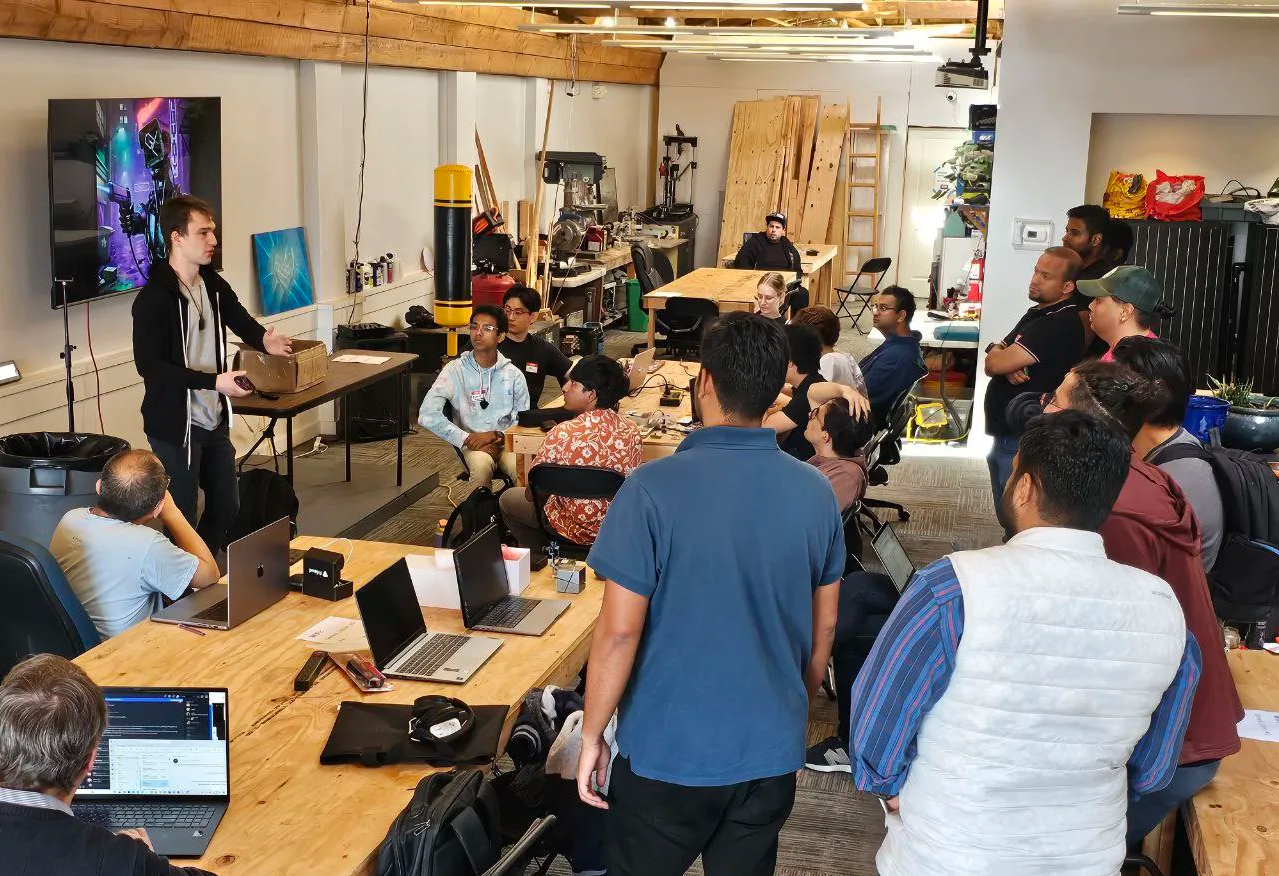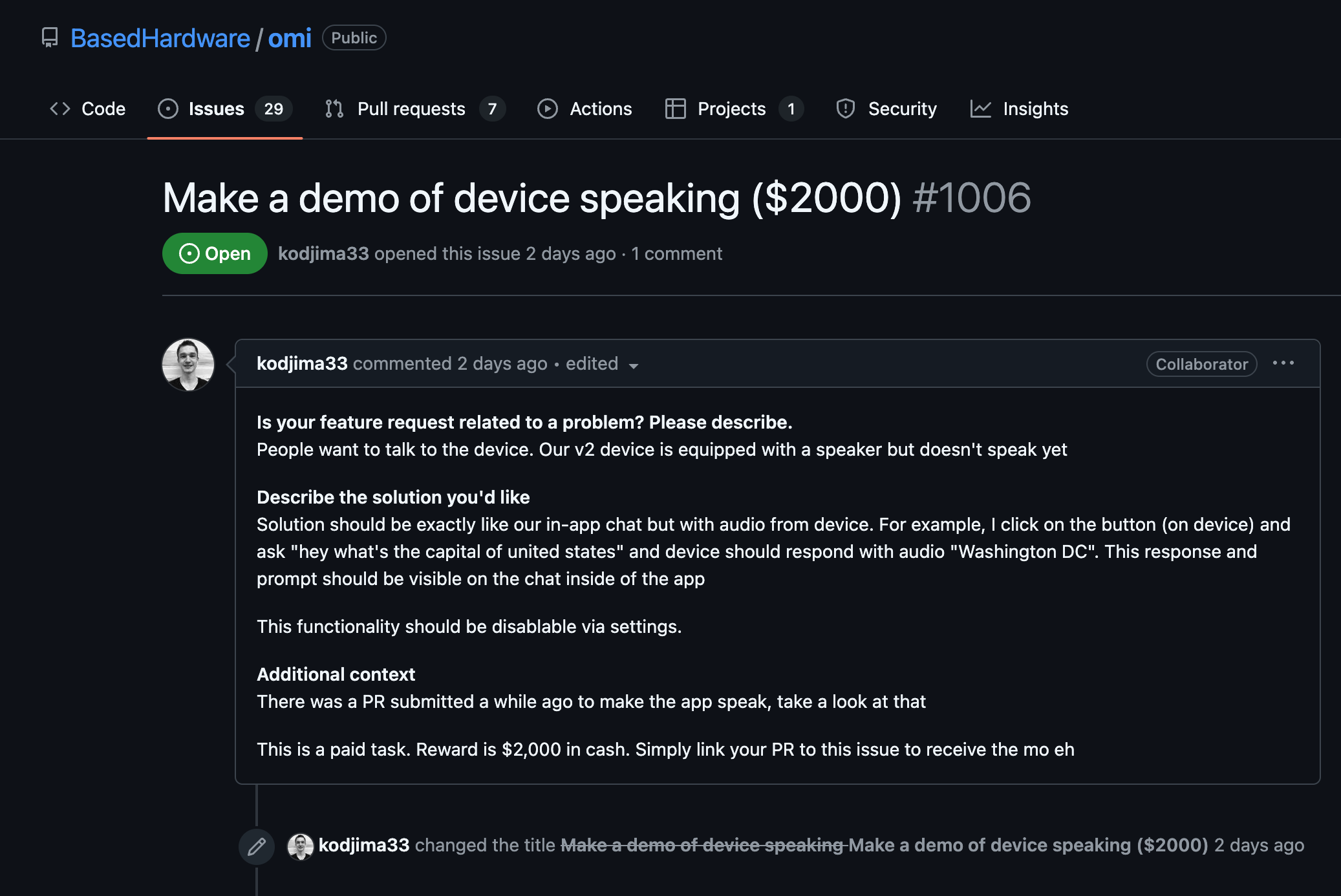Identify Scalar Concatenation Issue
- Review the section of your code where tensors are being concatenated. TensorFlow will raise the 'Can't concatenate scalars' error when trying to concatenate objects that are tensors of rank zero, or non-tensors.
- Ensure all items you desire to concatenate are either tensors of the same dimension or require pre-processing to convert them into tensors. Use `tf.convert_to_tensor()` to convert data types supported by TensorFlow into tensors.
Use tf.stack Instead of Concatenation
- Enable stacking for elements with the same shape using `tf.stack()`, which is effective when concatenation attempts fail due to scalar inputs.
- Implement `tf.stack()` to stack list elements along a new axis. For instance, if you have scalars `a` and `b`, use `tf.stack([a, b])`.
import tensorflow as tf
# Example of stacking scalars
scalar_1 = tf.constant(3.0)
scalar_2 = tf.constant(4.0)
# Use tf.stack for concatenation
result = tf.stack([scalar_1, scalar_2])
print(result)
Verify Compatibility of Input Shapes
- Inspect tensor dimensions before concatenation using `tf.shape()` to assert dimension alignment. Ensure all input tensors are of compatible dimensions.
- For tensors that need to be reshaped, apply `tf.reshape()` to accommodate desired shapes for stacking. Address possible inconsistencies by reshaping tensors to uniform dimensions.
# Modify shape of tensors to ensure compatibility
tensor_1 = tf.constant([1, 2, 3])
tensor_2 = tf.constant([4, 5, 6])
# Reshape tensors if needed
reshaped_tensor_1 = tf.reshape(tensor_1, (3, 1))
reshaped_tensor_2 = tf.reshape(tensor_2, (3, 1))
# Stack reshaped tensors
final_result = tf.stack([reshaped_tensor_1, reshaped_tensor_2], axis=1)
print(final_result)
Edit Code Segments for Dynamic Cases
- In dynamic scripts, include checks or conversions for data being processed in loops or functions, ensuring that outputs are transformed into tensors.
- Implement TensorFlow operations only with intended data formats. Use explicit tensor transformations to ensure access to library capabilities without encountering errors.
# Ensuring tensors during transformations
elements = [tf.constant(7), 8, tf.constant(9)]
# Convert each element to tensor and stack
tensor_elements = [tf.convert_to_tensor(e) for e in elements]
stacked_elements = tf.stack(tensor_elements)
print(stacked_elements)


























